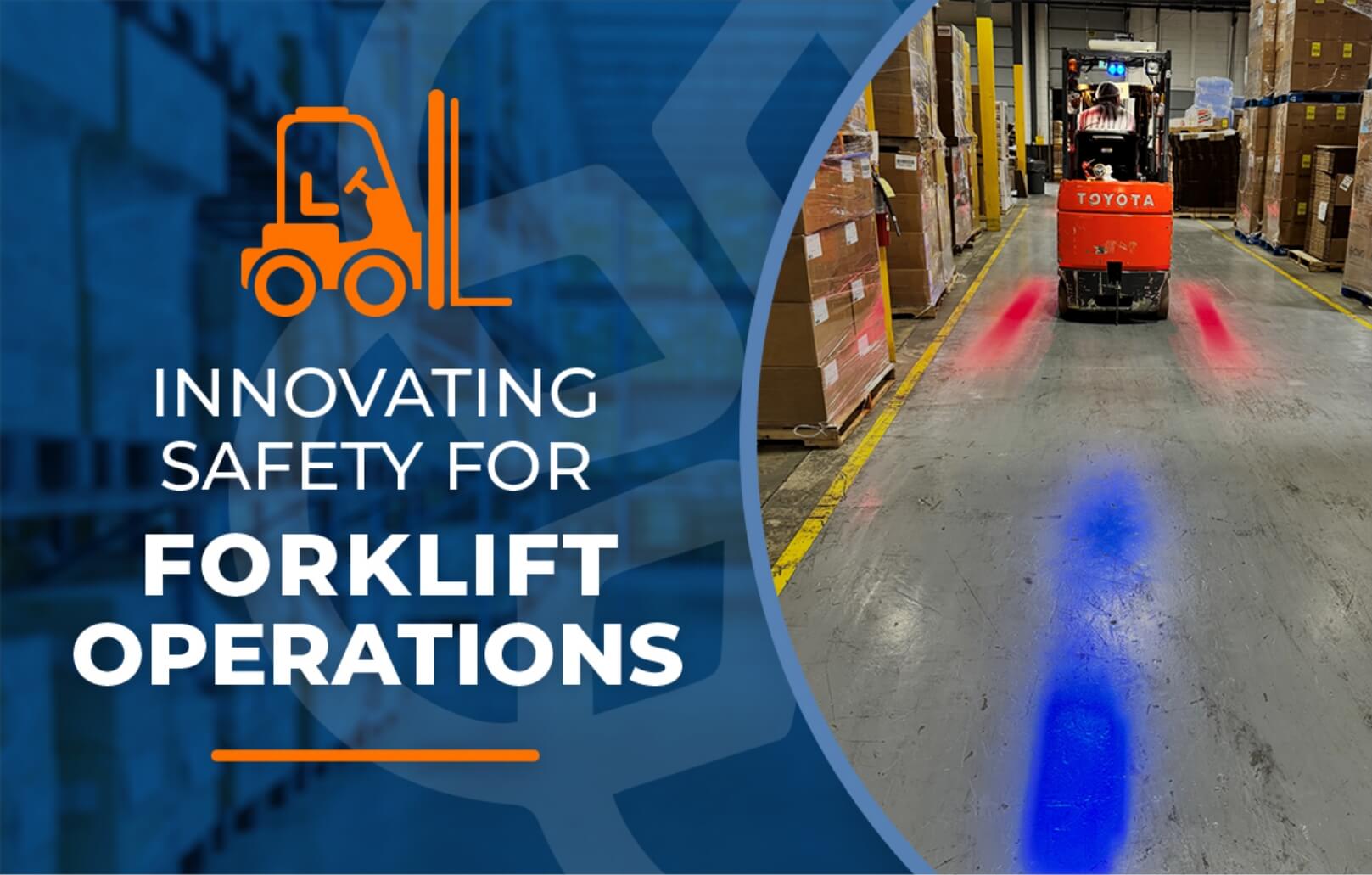The Forklift. It’s a common sight in manufacturing plants, warehouses, and many other industrial environments. These powered industrial trucks make the lifting and transporting of loads seemingly effortless. For sure, these industrial machines are potently powerful, performing their task of lifting and moving industrial materials and goods with great proficiency and precision, yet, at times, they can be a source of workplace hazards.
Every year thousands of workers are either killed or injured or killed on the job due to forklift accidents. According to the Occupational Health & Safety Administration (OSHA), roughly 34,900 serious injuries and 85 fatal accidents every year are caused due to forklift accidents. As a result, there’s been a rise in the consciousness of forklift safety as a crucial element of ensuring workplace safety.
Innovation and safety go hand in hand at CMG, keeping our people safe and productive. The forklifts that we use emit the traditional audible “beeping” sound when backing up. Good, but not good enough for us. Why? Often, it’s not unusual for noise levels in manufacturing areas to rise to the point where workers are unable to hear the “beep” from an oncoming forklift. The solution? We’ve outfitted our forklifts with laser lights that project large red and blue shapes on the floor. Supplied by Grainger, they provide a clear visual warning alerting workers in the vicinity to take evasive action and move to a safe area.
We never stop looking into opportunities and advancements like this to improve productivity, quality, and worker safety. Recently, we’ve identified several ways that AI is advancing and anticipated to have a positive impact on forklift safety:
- AI-powered sensors and cameras installed on forklifts can predict potential collisions, alert the operator, and even autonomously stop the forklift to prevent accidents.
- By analyzing data from sensors and historical maintenance records, AI can predict when components of a forklift are likely to fail. This proactive approach allows for scheduled maintenance, reducing the risk of sudden breakdowns that could lead to accidents.
- AI systems can monitor the behavior of forklift operators in real time. By analyzing data such as rate of speed, maneuvering patterns, and adherence to safety protocols, AI can identify risky behaviors and provide immediate feedback or alerts to the operator to prevent accidents.
- AI algorithms can optimize the routing of forklifts within a manufacturing facility or distribution center to minimize congestion and reduce the likelihood of accidents. By analyzing real-time data on traffic patterns, AI can suggest the most efficient paths for forklifts while ensuring safety.
- AI can analyze data from past incidents and near-misses to identify patterns and root causes of accidents. This information can be used to implement preventive measures such as additional training programs, changes in warehouse layout, or modifications to safety protocols.
Here at CMG, we’re constantly monitoring the application of AI into forklift operations to see how it can significantly enhance safety for both operators and workers in proximity, reducing the risk of accidents and injuries in the workplace.
We’ll be sure to keep you updated.

